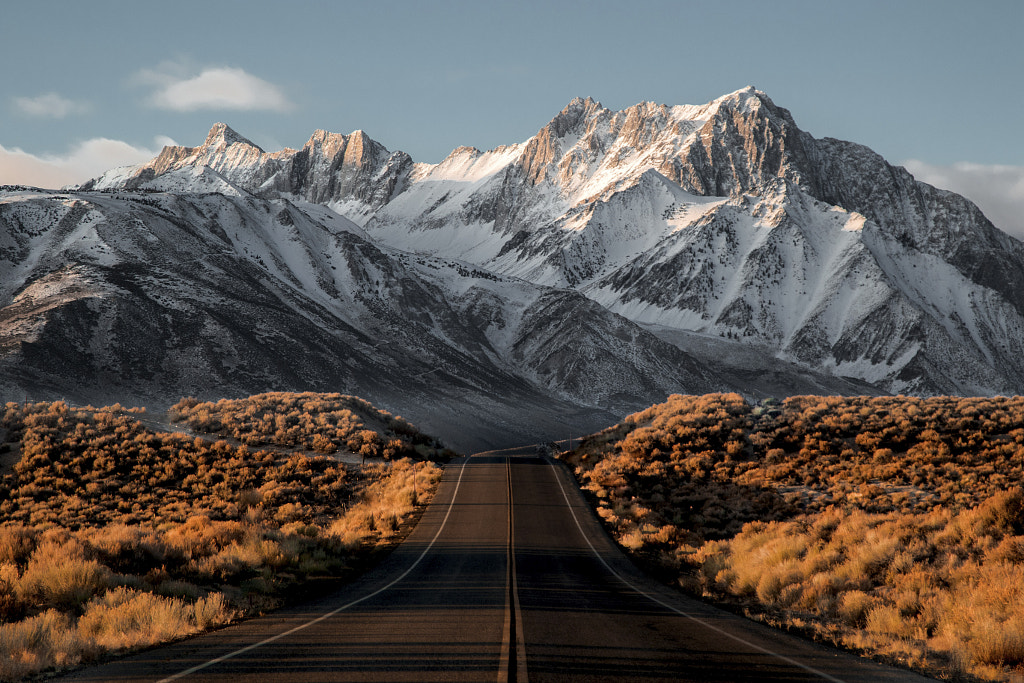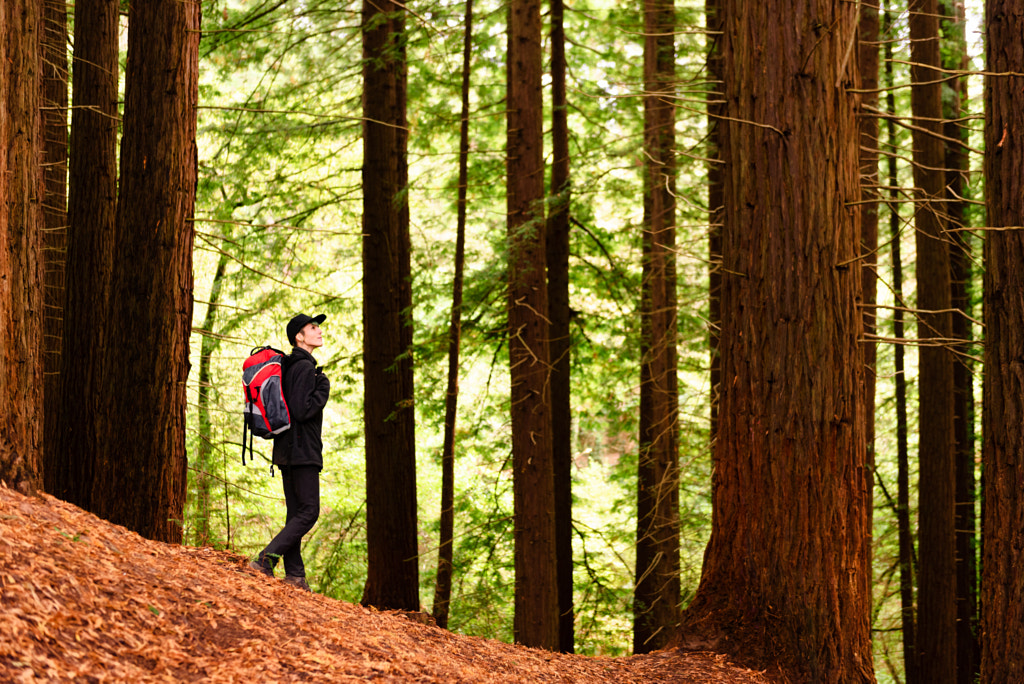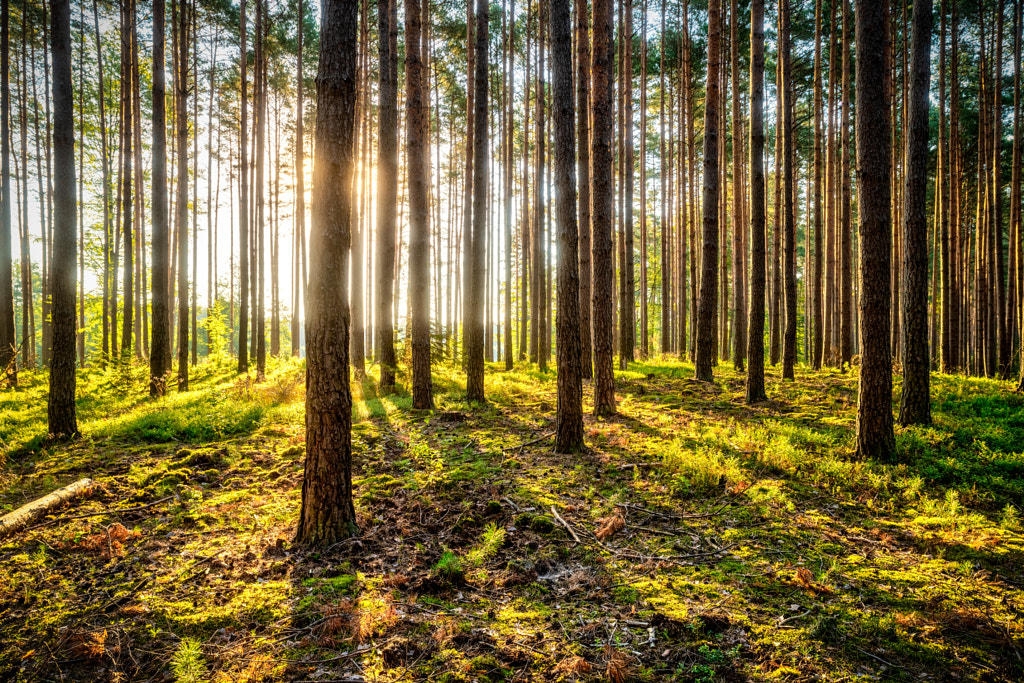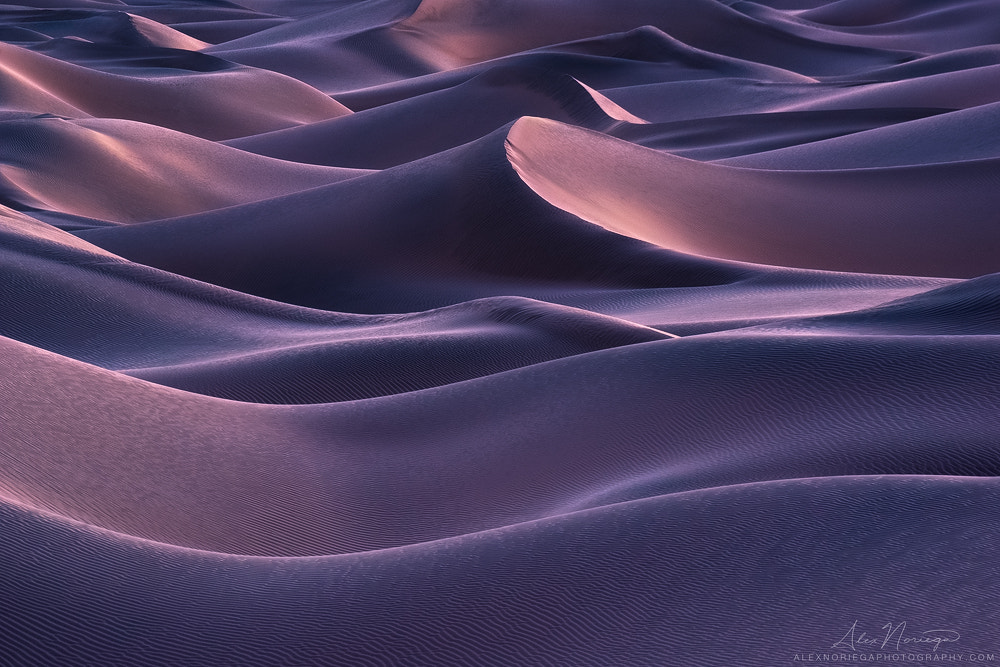After a rainy summer’s day in Iceland, Daniel Gastager watches the clouds part to reveal a spectacular sunset. While exploring the vast desert in Namibia, Emilie Ristevski spots an enchanting wild oryx in the distance. On Indonesia’s Sumba Island, Daniel Kordan comes face-to-face with the “dancing mangroves”—trees that seem to come alive at sunset. Meanwhile, Juan Pablo de Miguel captures the textures of the so-called “Lollipop Rock” in White Pocket in Arizona, comparing the scenery to decadent scoops of “cranberry and vanilla cream pie.”
500px is home to breathtaking landscape photography captured in all corners of the globe, from the well-trodden to the remote. It’s a myth that you have to travel thousands of miles to find beautiful places; no matter where you are, chances are there’s a hidden pocket of wilderness waiting to be discovered. Here are some ideas (and photo inspiration) to consider for your next landscape expedition, whether it’s in your backyard or on your next trip around the world.
Seascapes
From Brett Weston’s mountainous seascapes in the 1970s to Hiroshi Sugimoto’s iconic photos of the spot where the water meets the horizon line in the 1980s, there are countless ways to approach this genre. Watch the forecast, tides, and swells to find the right conditions for the mood you want to capture, whether it’s the power of stormy seas or the serenity of a lake just before dawn.
You can photograph just the water, or you can include contextual clues about the landscape in the foreground (use a narrow aperture to keep everything in focus). You can freeze the waves using a fast shutter speed, or you can transform moving water into a fine, ethereal mist with a long exposure.
For the latter, you’ll need a tripod and a neutral density filter to prevent overexposure during daylight hours. Dylan Toh and Marianne Lim are masters of this technique; they used a 37-second exposure to capture this gossamer water flowing over the rock formations in Rocky Cape National Park.
Be sure to check out our guide to photographing seascapes for more tips and inspiration.
Mountain views
“This one’s a favorite genre, but it’s also one that presents many challenges, and it is not for the faint of heart,” the 500px team says. The weather in the mountains is fickle and unpredictable, and the terrain is rugged, so it’s important to pack as light as possible, while also including any and all safety essentials like first aid supplies and waterproof gear and clothing. Remember to bring extra batteries in cold climates. If you bring a tripod, choose a high-quality, lightweight carbon fiber option.
While it might be tempting to carry several lenses, keep them to a minimum. It helps to research your location on Google Earth, get inspired, and plan for what kinds of vantage points you’ll find. That’ll help narrow down your lens list. If in doubt, go with a zoom over a prime for that extra versatility. Finally, travel with a group; it’s safer, and if your companions are locals (or know the area well), it can also lead to better photos.
Tiny person, big landscape
This genre, described by the 500px team as “wanderlust-inducing,” captures our connection with wild places by showcasing a human figure dwarfed by vast, natural landscapes. Preferred by landscape photographers who are also hikers, it’s a timeless motif that continues to resonate with artists, who’ve put their own personal twist on the theme.
Tomas Havel, for instance, has pushed it in new directions with his popular “sitting on the edge” series of self-portraits in northern Norway. His hope is not only to inspire people to get outdoors but also to encourage us to take better care of the environment so that others can enjoy it for generations to come.
Forestscapes
From patches of vibrant moss to enchanting waterfalls, forests offer a wealth of hidden gems. In forest photography, it’s all about the light. “Use the way the light filters through the trees,” the 500px team suggests. Try shooting with back- or side-lighting to create depth. If you wake up early and watch the weather, you might also catch the morning sunlight just as it starts to shine through mist or fog. The beauty of forests often lies in their seasonal wonders, so research before you go; the photographer Kilian Schönberger has captured many of his landscapes just as the spring flowers bloom, blanketing the ground in vibrant blues or yellows.
Panoramas
Believe it or not, panoramic photography dates back to the era of the daguerreotype, when artists created images using two photographic plates positioned side-to-side. Today, most photographers create panoramas by stitching together several “overlapping” pictures, capturing a field of view that would be impossible using a single shot. Unlike in the days of the daguerreotype, this can be done easily in post-production. Remember to shoot in manual mode so your exposures are consistent throughout.
Sunset views
As we mentioned in our recent guide to landscape photography, there’s no better time than the “magic hour” just after sunrise and before sunset. During this small window of opportunity, you get soft, diffused light and long, dreamy shadows. “Golden hour pictures just seem to ‘pop’ more than they would if taken during the day,” the 500px team explains.
Stay a little longer to watch the sunset, directly after the golden hour, and you’ll be rewarded with a kaleidoscope of color. Even tucked-away, overlooked landscapes shine during this time; Meagan V. Blazier made this photo in “someone’s backyard” during a winter sunset.
Cloudscapes
Famously captured by Alfred Steiglitz all the way back in the summer of 1922 (a century ago!), clouds remain an enchanting—if overlooked—photographic subject. The same landscape can look unrecognizable under stormy skies as it would beneath a sunny sky, and vice versa. It helps to learn a bit about the type of clouds you want to photograph and how and when they form; that way, you can plan around the perfect conditions.
Lenticular clouds, for instance, form over hilltops and mountains, while cumulonimbus clouds appear before storms. Chris Burkard captured this once-in-a-lifetime lenticular cloud formation at sunset while visiting the Kamchatka Peninsula. At sunset, you can get those juicy hues exploding across the sky, making it a wonderful time for cloudscapes.
But the light changes quickly, so switch to manual mode and watch your exposure as you go. As with seascapes, long exposures can create ethereal effects from moving clouds, so feel free to experiment with your shutter speed. “Explore the vastness of the sky,” the 500px team urges. “Instead of viewing it as negative space without a purpose, make it the focus of the scene, and see how that shifts the framing.”
Nightscapes
When shooting landscapes in low light, a tripod is non-negotiable, as is a camera that performs well at higher ISO settings. If you’re including the stars, watch your shutter speed. As a very general guide, you can try the “500 rule”: divide 500 by your lens’s focal length, and that’ll give you an idea of the maximum shutter speed you can use before your stars start blurring (if you’re using a full-frame camera).
For example, if you’re using a 24mm lens on a full-frame camera, you shouldn’t go slower than around 20 seconds if you want to avoid star-trailing. The New Moon is an ideal time for night photography; check the weather, and head for a spot with little to no light pollution.
Abstracts
“Abstract landscapes are made by capturing and isolating various textures, tones, colors, and lines that create a specific mood,” the 500px team says. Popular spots for abstract photos include sand dunes during the golden hour or blue hour when the shadows create long lines; the nature photographer Alex Noriega waited until twilight to capture this undulating landscape in Death Valley.
Another potential approach is to look for bodies of water, from puddles to ponds and lakes, which can be used to capture blurred and distorted reflections of otherwise ordinary landscapes. You can also play with abstractions by “breaking the rules” of traditional landscape photography; instead of the usual wide-angle, maybe you experiment with a macro lens to capture those textured details. Or you slow your shutter speed to introduce some intentional motion blur into the scene.
Urban landscapes
Landscapes can also be found in urban centers: after all, it was in the heart of New York that Edward Steichen photographed his famous 1904 landscape, featuring the Flatiron building against the trees at twilight. Decades later, Wale Omiyale captured this romantic scene in Central Park, at the famous Gapstow Bridge in the park’s southeast corner.
Look for green spaces in your neighborhood, whether it’s a city park or a harbor overlooking the skyline. Most cities will have observation decks offering the best views of their beloved landmarks, but you can also explore the road less traveled by visiting apartments or hotels with balconies or rooftop restaurants and bars, which almost always offer spectacular vantage points.
Parting thoughts
Whether you’re photographing a faraway locale or a local park, remember to respect your environment first and foremost. With landscape and travel photography continuing to trend, some places have been overrun by tourists, so do your part to preserve these natural spaces: stay on marked trails, and don’t leave anything behind.
For some guidelines on ethical landscape photography, consider checking out Nature First: The Alliance for Responsible Nature Photography, whose team members include artists from around the world, such as Andres Puiggros, Andrea Celli, and Cristiana Damiano, among many others.
Want more landscape tips? Check out our companion article, Tips to build a great landscape photo.
Not on 500px yet? Sign up here to explore more impactful photography.
The post Landscape photography: 10 ideas to inspire you! appeared first on 500px.



























